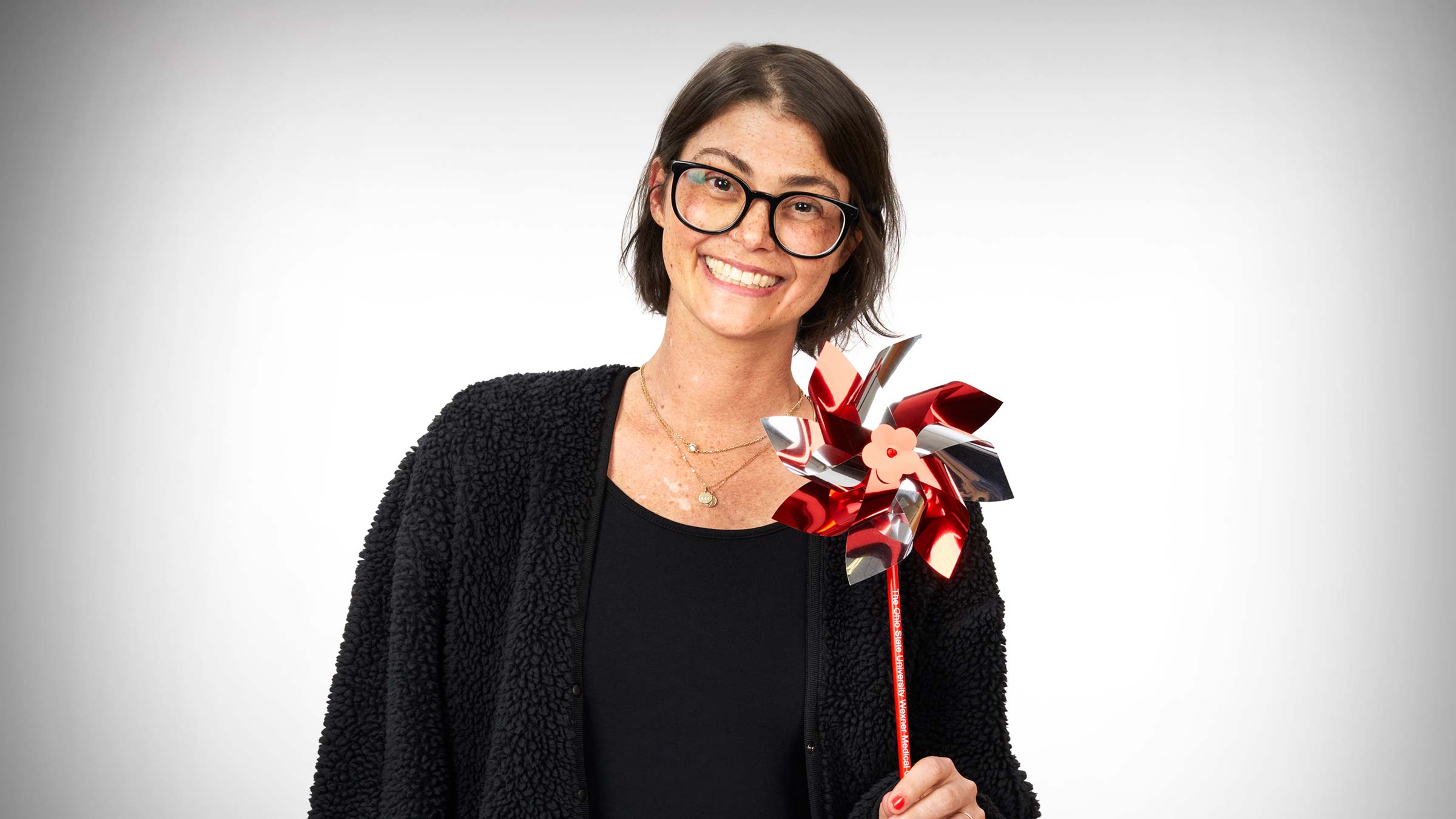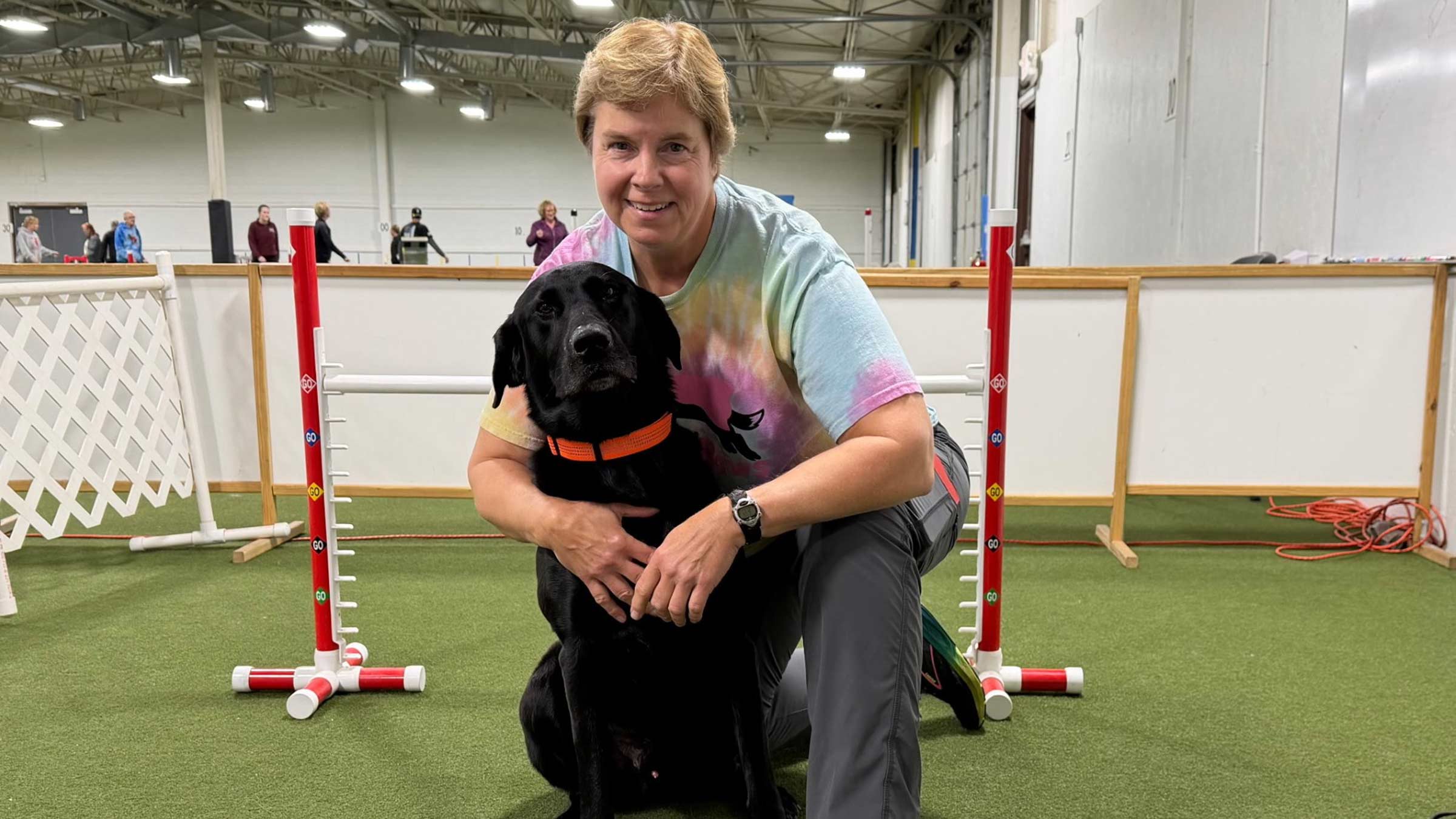Getting the call: What happens when an organ becomes available for transplant
Learn what it’s like for both patients and medical center staff when the call goes out.
For Sarah Whitley, it started with Reese’s peanut butter cups.
It had been nearly four years since she was diagnosed with obliterative bronchiolitis, an irreversible, life-threatening form of lung disease, and more than 16 months since she had been placed on the list awaiting a double lung transplant. She was in the intensive-care unit at The Ohio State University Wexner Medical Center with a collapsed lung, and the outlook was bleak.
“The doctors told me we were going to have to have a serious conversation about what to do next,” the 35-year-old Columbus resident recalls of that day in late October 2022.
The same day, Ohio State pulmonologist Stephen Kirkby, MD, associate professor of Internal Medicine and Pediatrics at the Ohio State College of Medicine, who had been working with Sarah since her diagnosis, came to see her. With Halloween approaching, he offered to bring her favorite candy to her – Reese’s peanut butter cups.
Early the next morning, Dr. Kirkby called.
“He said to me, ‘Sarah, what if I have something that might be a little bit better than a Reese’s for you?’” she says.
“He told me later that he was so excited, that after 16 months of ups and downs, he so badly wanted to call personally. All of us were sitting there crying.”
Her lungs were ready, and she went straight to be prepared for surgery. During final preparations, she was thinking of her husband, Sam, and their two greyhounds, George and Jimmy.
“I’m anxious as all get out,” she says. “I’m, like, shaking at this point. I’m not even thinking I could die on the table.
“All I can think about is how much I wanted to walk my dogs again.”
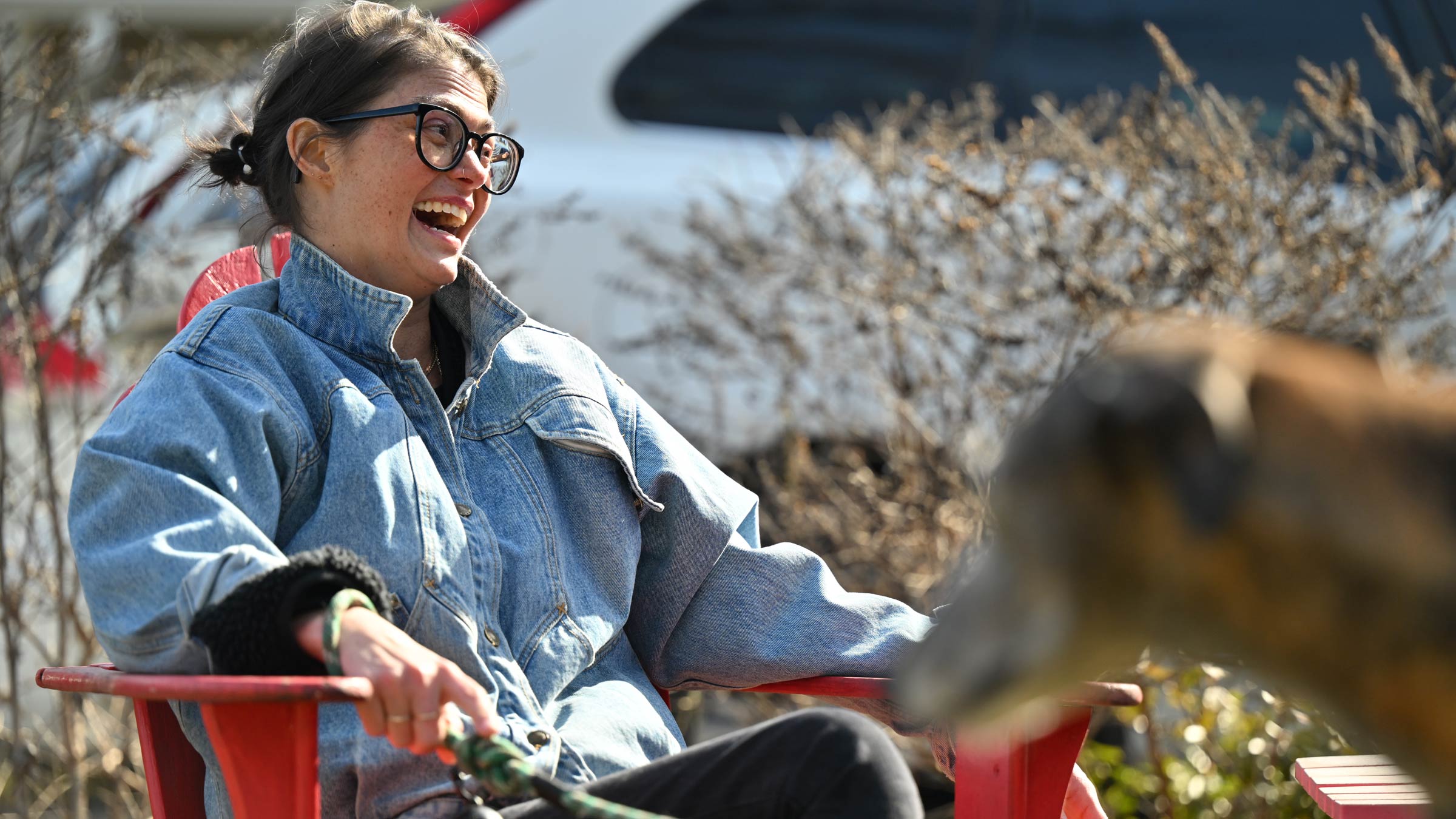
When organs for transplantation are available, a complicated choreography begins
Sarah’s experience is one example of a phone call that goes out routinely from the Ohio State Comprehensive Transplant Center — notifying a potential transplant recipient that an organ is ready. This life-changing phone call, which is never a guarantee, is a highly anticipated, emotional moment and is the culmination of an enormous amount of work, precision and alertness.
Or, as kidney pre-transplant coordinator Stephanie Overbey, RN, BSN, puts it: “We see our role as the very tip of all these huge things that are going on behind the scenes. We are the tip that touches the patient.”
The process to get to the call, and ultimately organ transplant surgery, begins with a local organ procurement organization (OPO), which works directly with patient families in the hospital setting to initiate organ donations. When an organ donor is identified, the OPO notifies United Network for Organ Sharing (UNOS), a nonprofit entity that oversees organ transplantation in the United States and manages the national waitlist of all U.S. patients waiting to receive an organ. UNOS then matches the donated organs to patients on the waitlist, utilizing various medical factors, and contacts the transplant centers where the patients are listed.
When time is precious, specialized team activates organ transplantation at Ohio State
At the Ohio State Wexner Medical Center, organ offers from UNOS are managed by our Comprehensive Transplant Center’s in-house organ recovery team. One of only a few of its kind in the nation, Ohio State’s organ recovery team, which began work in 2020, consists of eight organ recovery specialists and a surgeon. It is staffed around the clock to field organ offers.
Once our recovery team is notified that an organ is available, the team runs through a checklist that includes additional testing in our in-house Tissue Typing Lab to ensure that the identified recipient and organ are a match. If our team approves the organ, the recipient gets the much-anticipated phone call that their organ is available, while behind the scenes the recovery team will either fly via private jet or use ground transportation to bring it back to Ohio State’s Comprehensive Transplant Center for transplant surgery. Time is of the essence; in general, hearts and lungs must be transplanted within four hours, livers eight hours, pancreases 12 hours and kidneys within 24 hours.
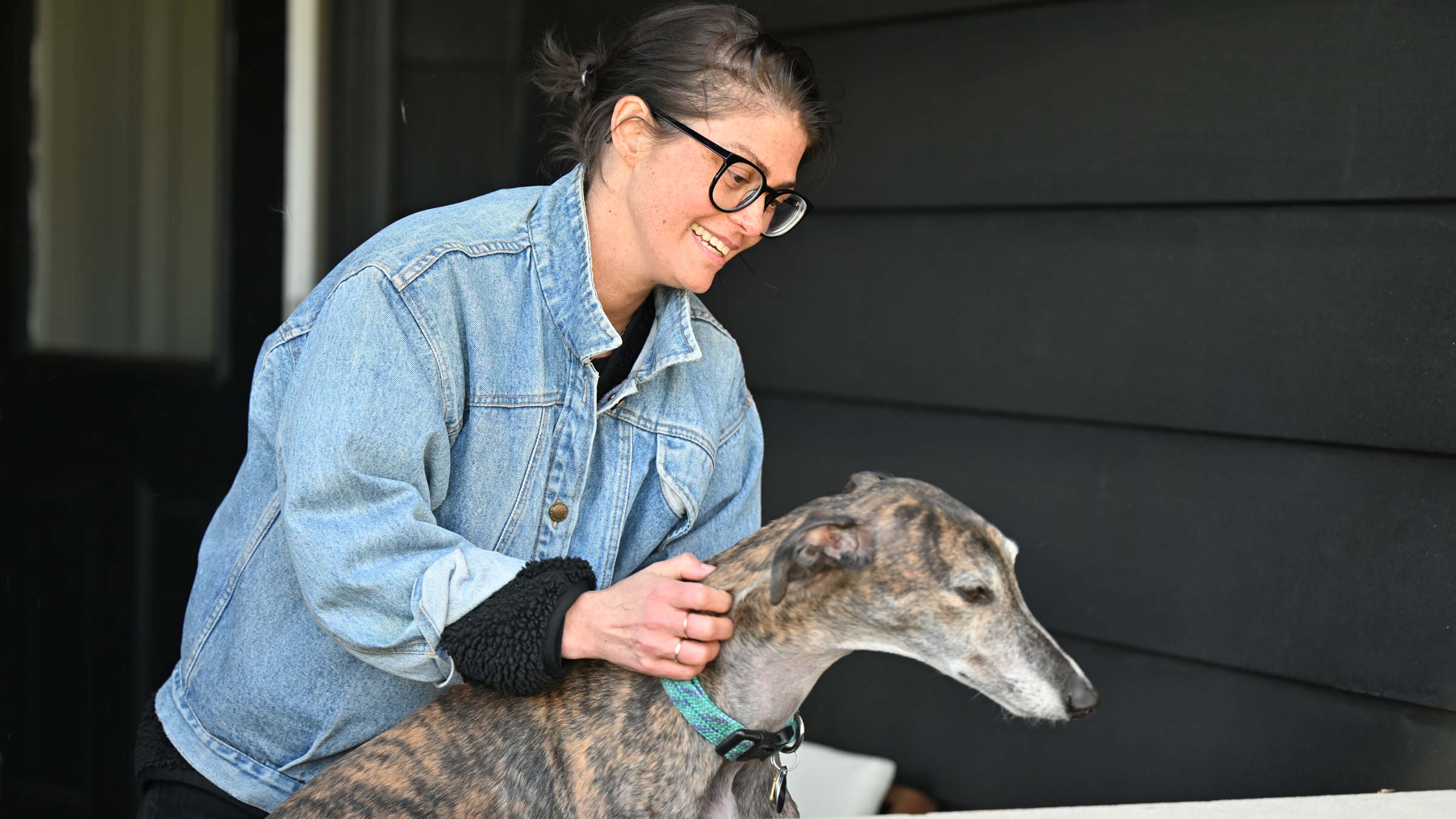
Navigating the pitfalls and promise of finding a matching organ
In some cases, including Sarah’s, a patient will be notified that an organ is ready, only to be told shortly thereafter that it is not a fit. This is referred to as a “dry run.” Since the process to match a patient to an organ is very precise and tested again once it arrives at our transplant center, it’s not uncommon for a potential recipient to arrive at our hospital for surgery, only to be sent home.
With Sarah, this happened twice — once before she reached the hospital, once after she had already arrived. In both cases, her response was upbeat.
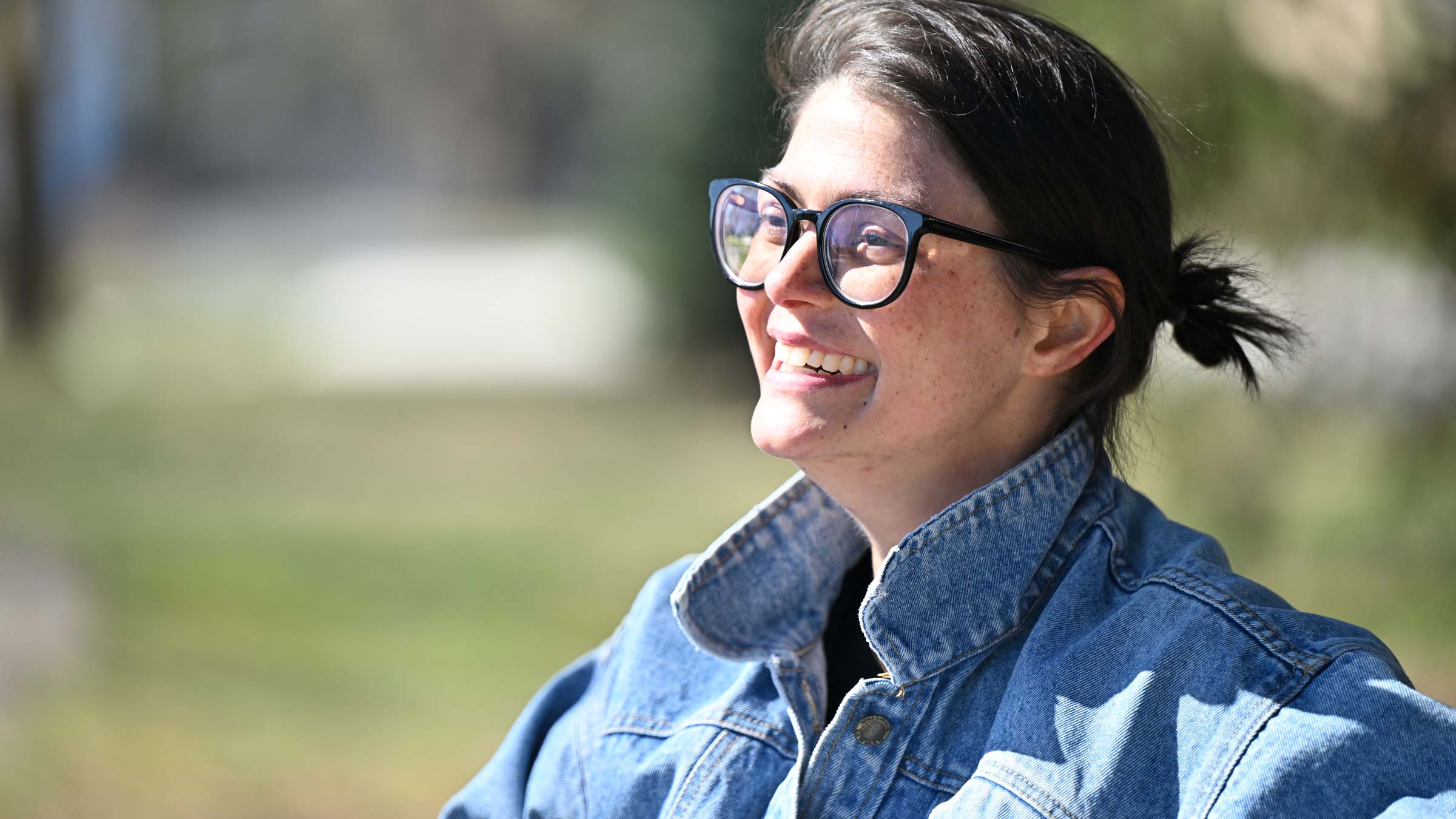
“I just remember thinking, ‘Now we know what to expect. We’re going to call this a win,’” she says.
The call to the organ recipient is often an emotional moment, Overbey says, recalling one patient she called on Christmas Eve. “Most patients will put it on speakerphone as we’re talking, and I could hear the family around. I could hear people crying,” she says. “It was just really special. It’s a really small part of what we do, and it’s just a special moment that makes it all worth it.”

Consider becoming a Buckeye for Life through organ donation.
Learn how
Move forward with confidence
Get clarity with an online second opinion.
Get an online second opinion


